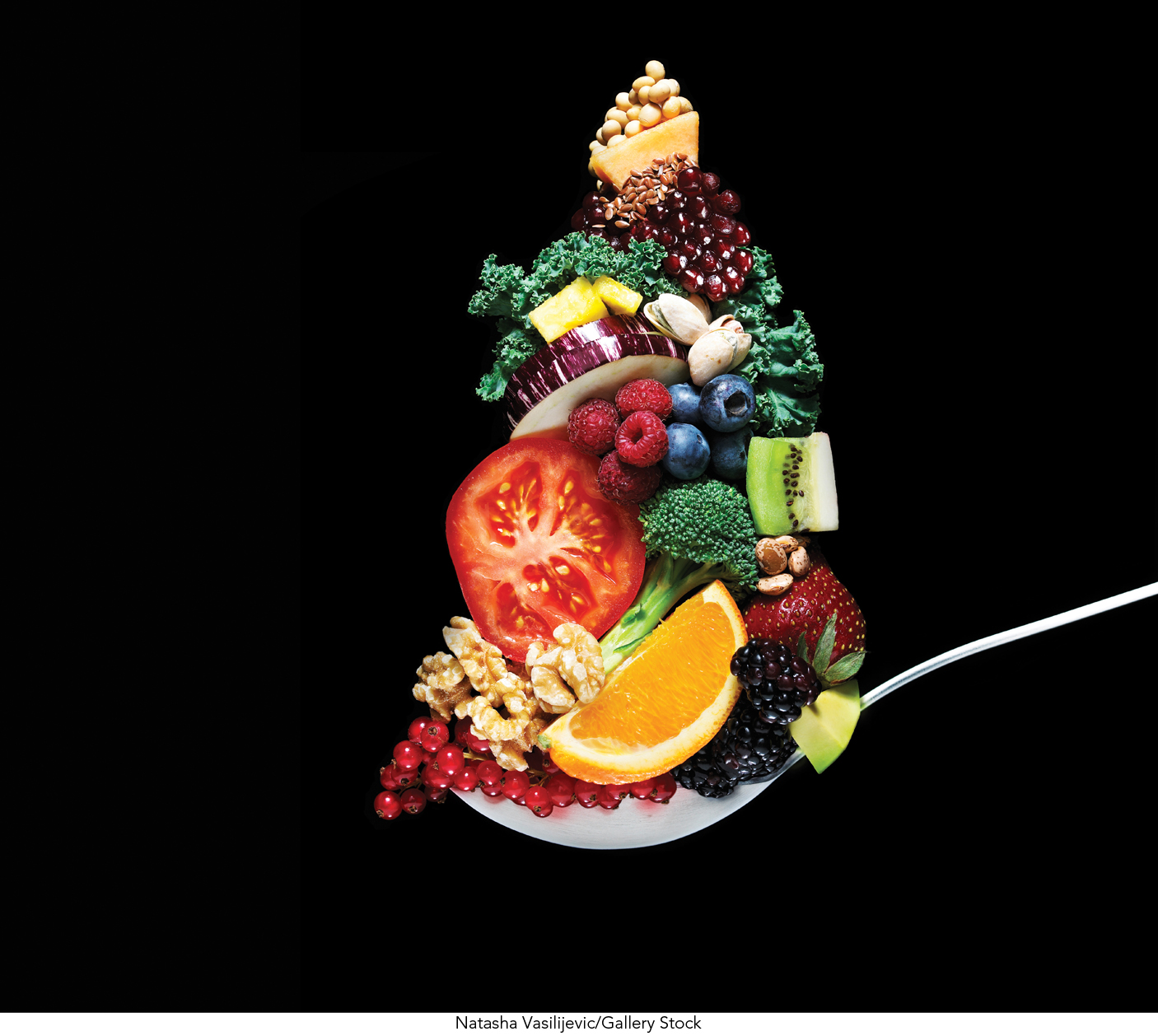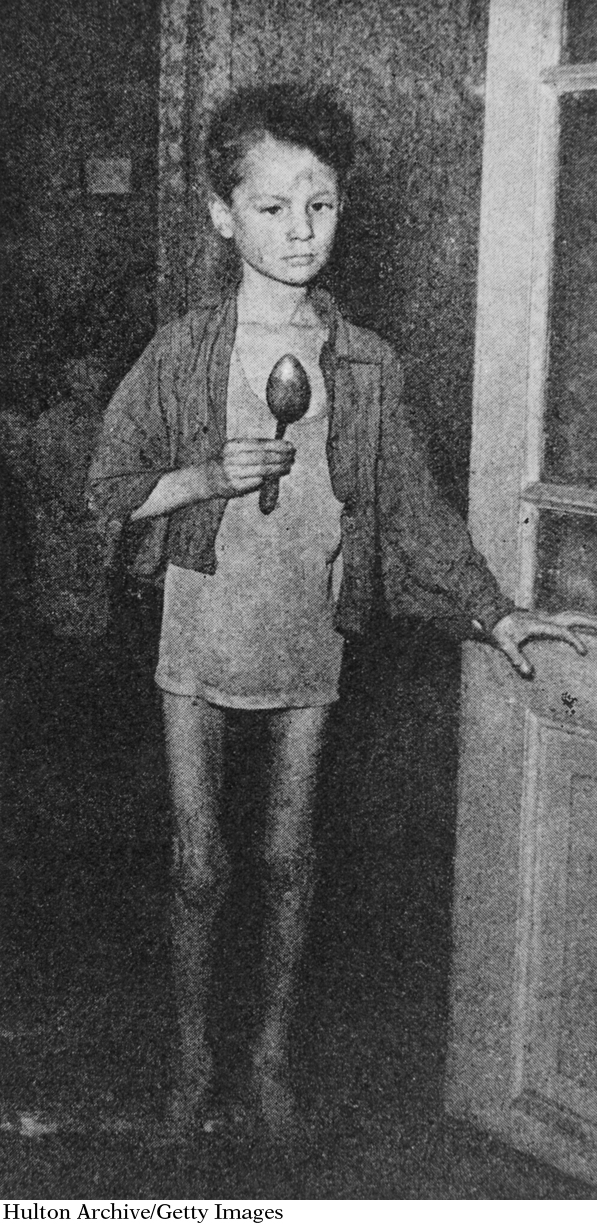Chapter Introduction
1
THE SCIENCE AND SCOPE OF NUTRITION

LEARNING OBJECTIVES
Define the scope and science of nutrition (Infographic 1.1)
Explain the connection between nutrition and chronic disease (Infographic 1.2)
Define and identify the major macronutrients and micronutrients (Infographics 1.3 and 1.4)
Summarize the purpose of the Dietary Reference Intake (DRI) values (Infographic 1.5)
Distinguish between the different types of DRI values, and what each represents (Infographics 1.6 and 1.7)
Understand/explain the basis of the scientific method and how it is used in nutrition research (Infographic 1.8)
Describe three types of experimental design and the primary advantages of each (Infographic 1.9)
Describe reliable sources of nutrition information (Infographic 1.10)
It was the final months of World War II, and the Dutch people were starving. As a last-
Thirty years later, a husband and wife team of scientists at Columbia University decided to investigate whether these extreme nutritional conditions had any long-
After examining Dutch army records from 300,000 19-
They found that men whose mothers endured the famine during the first months of their pregnancy were significantly more likely to be obese. But men whose mothers starved during the last months of their pregnancy, and into the first months of their life, were less likely to be obese. The explanation for this pattern wasn’t clear—

Other research soon followed. In the late 1980s, scientist David Barker, MD, PhD, found that babies with low birth weight were more likely to develop heart disease later in life—
Prompted by these findings, nutrition scientists were asking many new questions about how food and nutrients affect the body. Could a mother’s nutrition have such long-
■ ■ ■